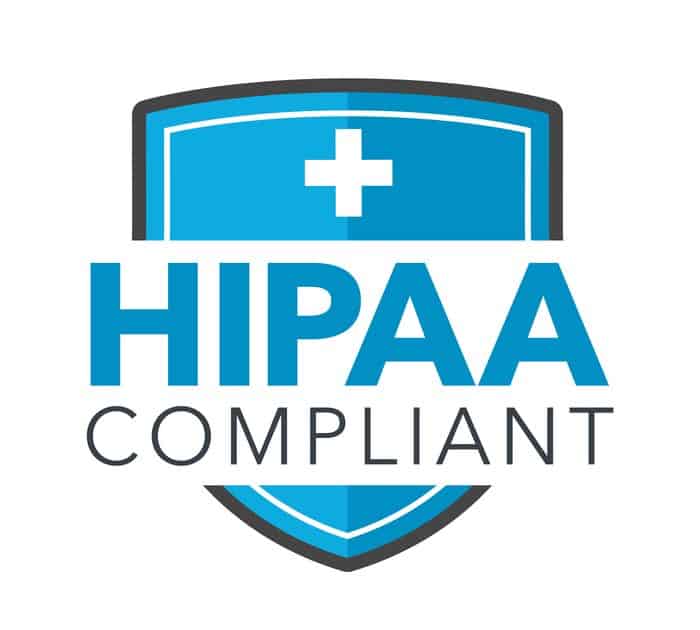Traditional classroom training sessions for HIPAA (Health Insurance Portability and Accountability Act) compliance training take a lot of time, and are inflexible (workers may need to reschedule appointments or meetings in order to be able to attend training sessions) and expensive.
HIPAA compliance elearning courses on the other hand are much more flexible for your staff, enabling any time, anywhere learning, as well as slashing costs by an average of nearly 70% when compared to face to face training. If your organization is still using traditional methods for HIPAA compliance training, you should seriously consider switching to elearning or at least offering it as an alternative.
Let’s have a look at exactly how elearning can support HIPAA compliance training.
Reduced Administration
Using an online HIPAA training provider allows you to focus more on your own core business and worry less about planning HIPAA training sessions for all your employees.
Most HIPAA compliance elearning providers offer online training programs that can be accessed by your employees at any time and from anywhere using a computer or tablet with internet connection. Many training providers also offer a single username and password that can be shared by all employees so you don’t need to waste time on setting up usernames and passwords for everyone.
Once an employee has gone through the training, they can take the final exam and will receive a certificate that can be saved and/or printed. A copy of the certificate will usually also be emailed to the training program administrator. The administrator can then safely store and back up these certifications for compliance record keeping.
Reduced Costs
Classroom sessions generally involve costs for transportation, instructors, teaching materials etc. In most cases they also take up more time than elearning training courses and thus cause more productive time to be wasted.
Better and Easier Reporting
Most HIPAA Compliance elearning providers offer reports that show training logs. These help the organization keep track of how many employees have already successfully completed the training course.
More Up to Date
It is much easier and faster to update elearning courses, which is why most online HIPAA training programs are more up to date with current legislation than courses delivered using more traditional methods.
Better Retention
Up to date HIPAA certification is important for regulatory compliance, but you also want your employees to actually retain the information they learn during the compliance training and apply it in the workplace.
It’s been shown that when elearning courses are developed with interactive and engaging content, they can help improve information retention among students. Therefore, it’s important to look for a HIPAA elearning provider that offers interactive capabilities, as well as rich, interesting course content.
HIPAA compliance training is important, but you don’t want the sessions to distract too much from your organization’s core focus. eLearning provides a great alternative to traditional classroom sessions and involves a lower time commitment for both employees and your learning and development department. By delivering your HIPAA compliance training through elearning, you can help to keep costs down and improve learning retention for your company.
Can We Help You?
Webanywhere have delivered healthcare elearning and regulatory compliance solutions to clients in the US and worldwide. Please contact us for an informal discussion of your training needs.
Related Pages:
Using an LMS to deliver regulatory compliance training for your staff.
Case study on a healthcare learning platform we delivered for University College London Hospitals.

